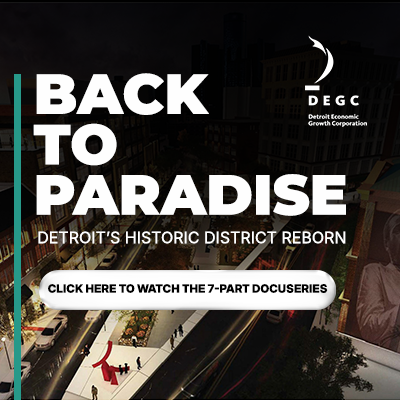Afterpay was founded in 2014 by two Australians, Nick Molnar and Anthony Eisen, as a way to purchase goods and break the price into four equal no-interest payments. In 2018, the company made its mark on the U.S., first offering its payment option through popular clothing store Urban Outfitters. Quickly gaining traction, the app now features hundreds of stores specializing in everything from shoes and accessories to appliances.
Laying the early foundation for payment apps, Klarna was developed in Sweden in 2005. Ten years later, the app made its debut in the States. The fast-growing app quickly expanded its customer base and is one of the leading installment plan options for online purchases. Reaching 20 million U.S. customers in 2021, payment plan apps are spreading in popularity.
“The rapid growth of Klarna customers in the U.S. speaks to consumer demand for flexible payment options and a more seamless, convenient shopping experience,” says David Sykes, head of Klarna North America. “As people browse and buy across channels, the Klarna app allows them to discover new products and brands while having the ability to shop both in-store and online with interest-free payment options. In the year ahead, we will continue to expand our U.S. merchant base, offering greater opportunities for customer acquisition and engagement.”
The buy now, pay later option, while good for purchasing in a crunch, can spell financial ruin if not used responsibly. While these apps are not directly attached to a user’s credit, they do provide a spending limit for shoppers. The more on-time payments, the higher the spending limits. Missed payments will result in a ding in spending limits. More missed payments will equal a mound of late payments and penalty charges. To help residents sort their finances, the City created a help source.
The City of Detroit is helping its residents with personal debt through the Financial Empowerment Center (FEC). Launched in 2019, the center offers professional and personal, one-on-one financial counseling and Detroiters can even get help balancing their checkbooks. The free public service teaches people how to handle their financial challenges and needs while planning for purchases and plans down the line.
Partnering with many larger entities like the national Cities for Financial Empowerment Fund, the CFE Fund, JP Morgan Chase, The Skillman Foundation, Wayne County Treasurer and the City of Detroit, the FEC provides resources to help teach the fundamentals of financing and saving.
“It’s through collective impact initiatives like this that our most challenging and pressing social issues can be addressed,” says Louis D. Piszker, CEO for Wayne Metro. “The FEC brings government, business, philanthropy and the human service sector together to stand up the first ever Financial Empowerment Center here in Detroit and Wayne County to support residents to build financial wellness and achieve their dreams. This is truly a mighty force for good taking root in our community.”
Other payment plan apps like Sezzle and Affirm are also making shopping easier with their payment plan options. Similar to Afterpay and Klarna, Affirm offers payment options for consumers to choose which installment plan works best for their personal needs. Unlike its predecessors, Affirm also offers monthly payments instead of the bi-weekly installments offered by Klarna and Afterpay. Affirm will also pull a soft credit check and may tack on a hefty interest rate.
Affirm is spreading its lending options to include an online retail giant. Partnering with Amazon to offer additional payment options, Affirm is bringing customers yet another way to spend.
“By partnering with Amazon we’re bringing the transparency, predictability and affordability that Affirm provides today to the millions of people who shop on Amazon.com in the U.S.,” says Eric Morse, senior vice president of sales at Affirm. “Offering Affirm’s alternative to credit cards also delivers more of the payment choice and flexibility consumers on Amazon want.”
If using these apps, use cautiously and as personal finances allow. Having multiple accounts across the family of payment apps can help create unsafe spending habits and drive spenders deeper into debt. Shop with care.


